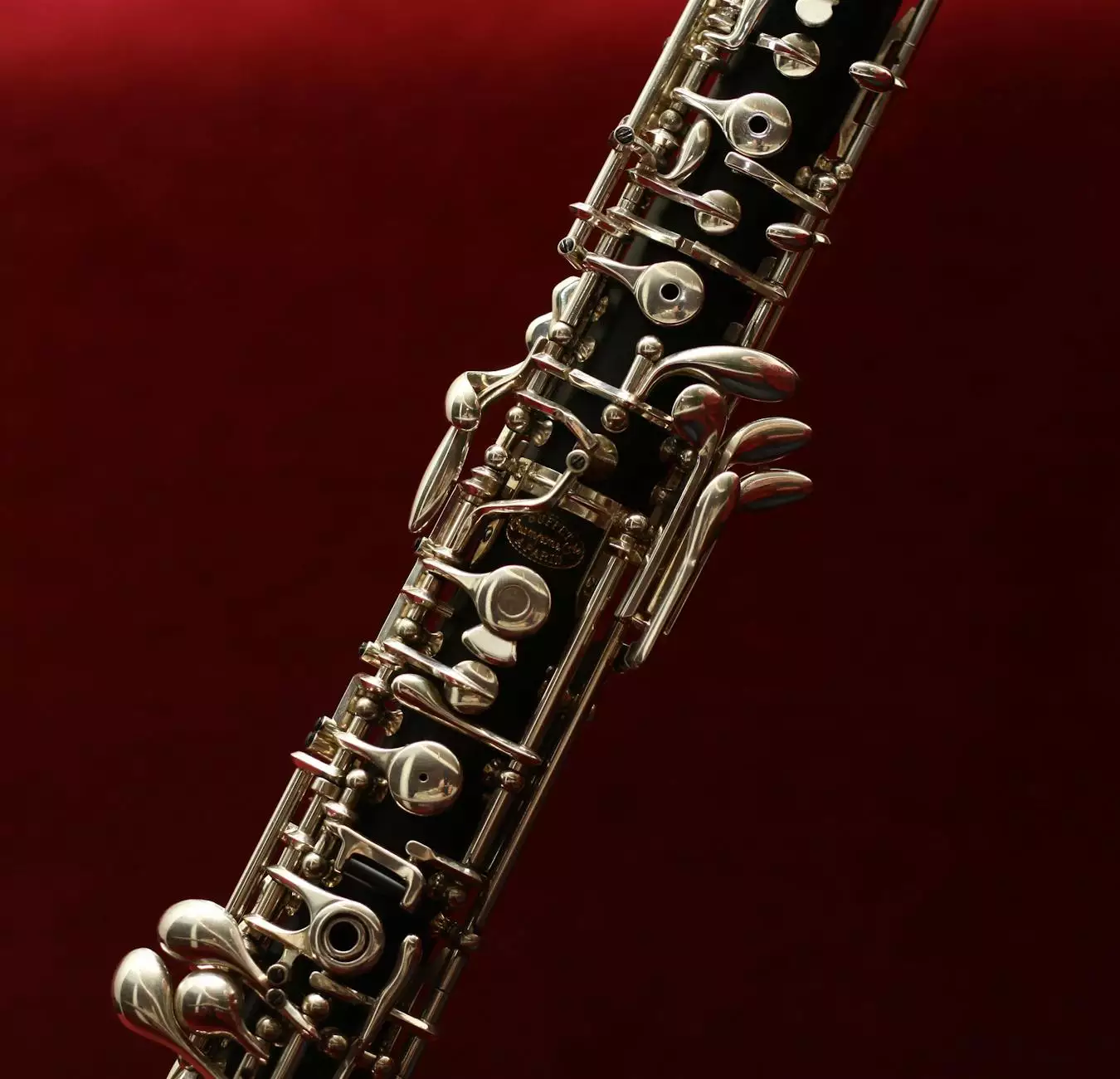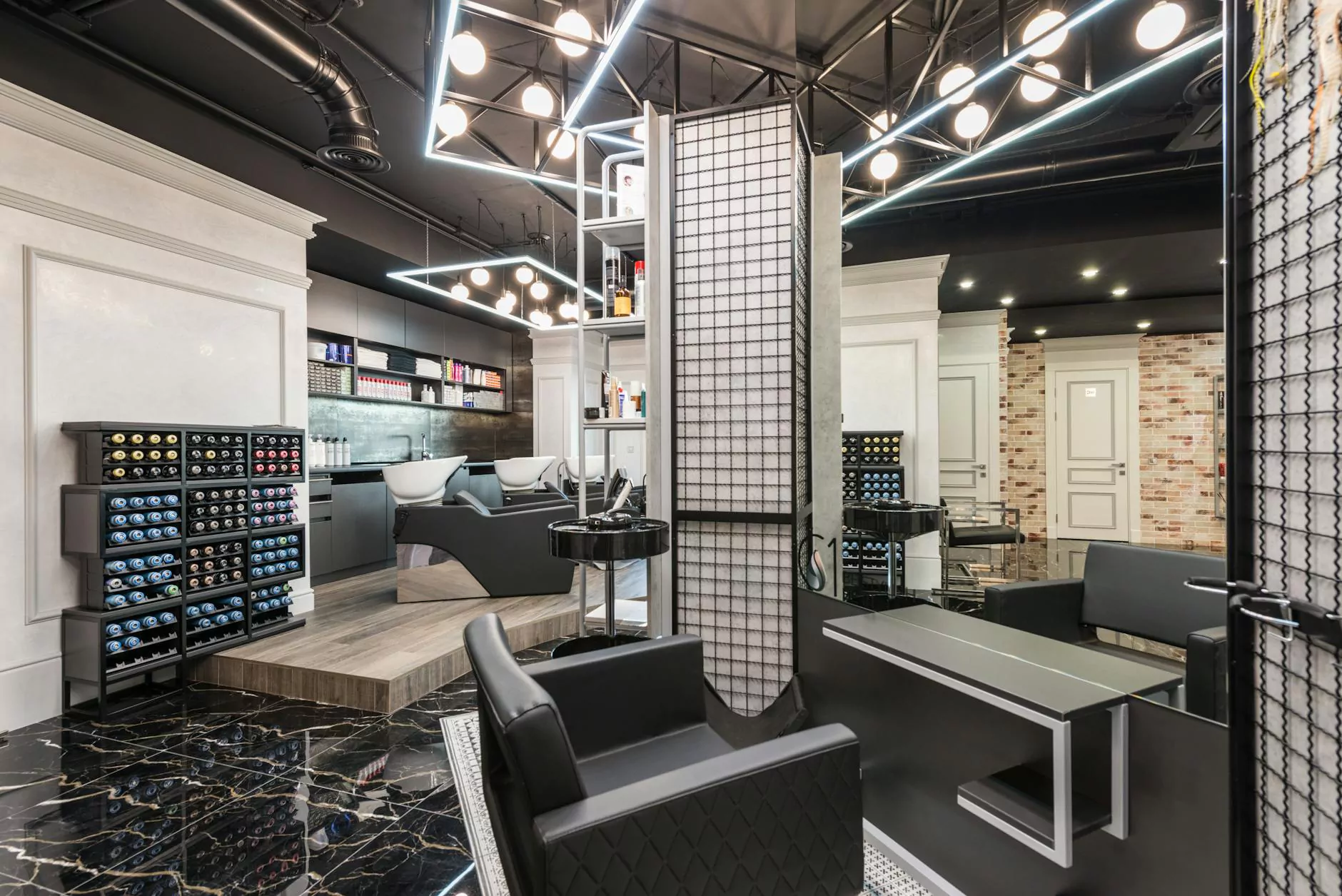The Essential Guide to Nasal Plastic Surgery Instruments

Nasal plastic surgery, often referred to as rhinoplasty, is a surgical procedure aimed at altering or reconstructing the nose for aesthetic or functional purposes. This intricate process relies heavily on specialized instruments designed to achieve precision and optimal results. Understanding the various nasal plastic surgery instruments and their applications is crucial for both practitioners and patients. In this comprehensive guide, we will delve into the different types of instruments, their uses, and tips for selecting high-quality surgical tools.
Understanding Nasal Plastic Surgery
Before we dive into the specifics of instruments, it’s important to grasp what nasal plastic surgery entails. Rhinoplasty can address aesthetic concerns such as size, shape, and proportion of the nose, as well as functional issues such as breathing difficulties due to structural abnormalities. The success of nasal surgery hinges not only on the surgeon’s skill but also on the quality and appropriateness of the instruments used.
The Importance of Quality Instruments
The realm of nasal plastic surgery requires instruments that are precise, durable, and easy to handle. Here are some reasons why high-quality instruments are essential:
- Precision: Accurate instruments ensure that the surgeon can perform delicate maneuvers with minimal risk of damage to surrounding tissues.
- Durability: Quality surgical instruments withstand numerous sterilization cycles and maintain their efficacy over time.
- Safety: Well-manufactured instruments reduce the risk of complications and infections.
Categories of Nasal Plastic Surgery Instruments
Nasal plastic surgery instruments can be categorized based on their specific functions within the surgical process. Here are the primary types:
1. Cutting Instruments
Cutting instruments are used to make incisions or excise tissue. They include:
- Surgical Scissors: Specialty scissors, such as utility scissors and iris scissors, enable precise tissue dissection.
- Scalpel Blades: Used for making incisions, scalpel blades come in various shapes and sizes tailored for different procedures.
- Bone Rasps: These instruments are employed to reshape or smooth out bony structures of the nose.
2. Grasping and Holding Instruments
These tools allow the surgeon to hold, manipulate, and stabilize tissues during operation.
- Forceps: Generally used for gripping and manipulating soft tissues during surgery.
- Hemostatic Forceps: Essential for controlling bleeding by clamping blood vessels.
3. Retractors
Retractors are crucial for exposing the surgical field by holding back tissues. Types include:
- Nasal Retractors: Designed specifically for nasal operations to provide unobstructed visibility.
- Self-retaining Retractors: These instruments can hold tissues back without manual assistance, allowing the surgeon to focus on the procedure.
4. Suturing Instruments
Suturing is fundamental in closing incisions and ensuring proper healing. Instruments involved include:
- Suture Needles: Various needles are available for different tissue types; curved needles are often preferred for nasal entry.
- Suture Scissors: Used specifically to cut sutures cleanly and effectively.
5. Nasal Specula
Nasal specula are specialized instruments used to open the nostrils for better visibility and access, enabling surgeons to perform necessary evaluations.
Key Features to Consider When Selecting Nasal Plastic Surgery Instruments
Choosing the right instruments for nasal plastic surgery involves several key considerations:
- Material: Surgical instruments are typically made from stainless steel or titanium, each offering different benefits in terms of weight, durability, and corrosion resistance.
- Ergonomics: Instruments designed for ease of use can reduce fatigue during long surgeries and enhance precision.
- Sterilization Compatibility: Ensure that selected instruments can be effectively sterilized to maintain safety standards.
- Brand Reputation: Opt for instruments from reputable manufacturers known for high-quality surgical tools.
Exploring Innovative Technologies in Nasal Plastic Surgery Instruments
The field of nasal plastic surgery is continuously evolving with technological advancements. Innovations in instruments and techniques have revolutionized how surgeries are performed, enhancing safety and outcomes:
- Endoscopic Tools: Endoscopic techniques allow for minimally invasive procedures, resulting in reduced recovery times and minimal scarring.
- Computer-Assisted Devices: 3D imaging technology aids surgeons in pre-operative planning, allowing for more accurate and tailored surgical approaches.
- Laser Surgery Instruments: Lasers can be utilized for precision cuts or to minimize bleeding during procedures, enhancing overall surgical execution.
Common Procedures Utilizing Nasal Plastic Surgery Instruments
Nasal plastic surgery encompasses various procedures, each requiring specific sets of instruments. Here are a few common surgeries:
1. Rhinoplasty
The most recognized nasal surgical procedure, rhinoplasty, can be open or closed. Both types involve nasal plastic surgery instruments for cutting, shaping, and suturing the nasal structure.
2. Septoplasty
This procedure corrects the nasal septum, enhancing airflow through the nasal passages. Instruments needed include hemostatic forceps and straight/angled scissors.
3. Sinus Surgery
Sinus surgeries aim to relieve blockage in the sinus cavities. Advanced tools like endoscopes, suction devices, and specialized cutting instruments are essential for these operations.
Post-Operative Care and Instrument Management
The quality and correct usage of nasal plastic surgery instruments extend beyond the surgical procedure itself. Post-operative care greatly influences patient recovery:
- Instrument Hygiene: Proper cleaning and sterilization protocols are vital to ensure patient safety and prevent infections.
- Monitoring Healing: Employ specific instruments designed for monitoring healing in the nasal cavity to ensure the best outcomes.
- Using Advanced Imaging: Technology can play a role in follow-up assessments, ensuring that healing is progressing appropriately.
The Future of Nasal Plastic Surgery Instruments
As medical technology continues to advance, the landscape of nasal plastic surgery instruments is expected to evolve. Potential future developments include:
- Smart Instruments: Tools that can provide real-time data during surgery, improving decision-making and outcomes.
- Biodegradable Instruments: Environmentally-friendly surgical instruments that prioritize sustainability while maintaining effectiveness.
- Personalized Surgical Tools: Customized tools developed from patient-specific imaging to further enhance surgical precision.
Conclusion
In summary, the realm of nasal plastic surgery instruments is vast and exceptionally detailed. The quality and design of these instruments play a crucial role in the success of surgeries like rhinoplasty and septoplasty. Understanding the types of instruments, their functions, and the importance of choosing high-quality tools can significantly influence surgical success and patient outcomes.
As the industry continues to advance, so will the tools available, promising even better results for patients seeking both aesthetic and functional improvements. For professionals in the medical field, partnering with reliable suppliers such as new-medinstruments.com ensures access to the best instruments in the market, ultimately enhancing surgical practices and patient care.









